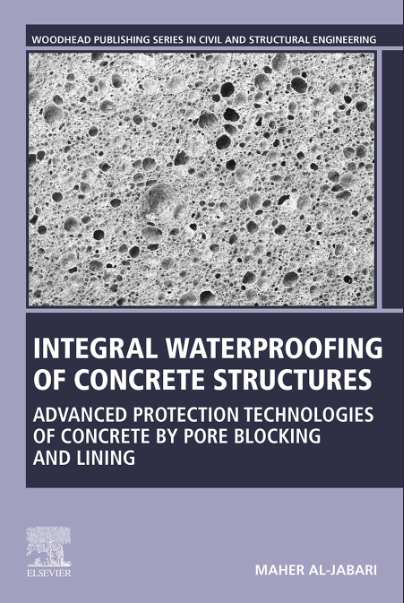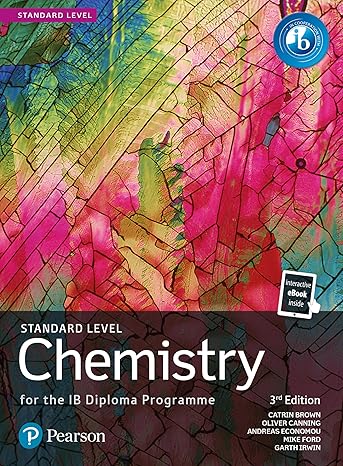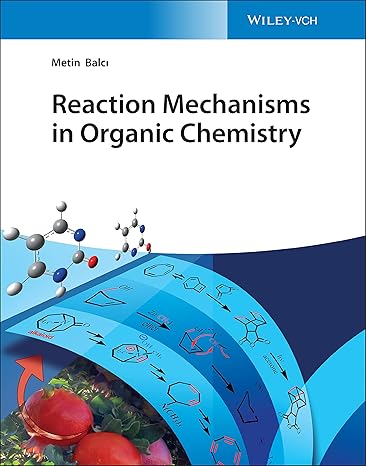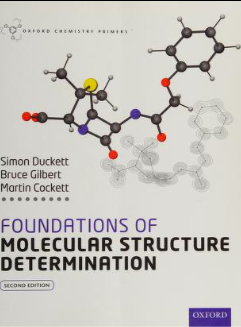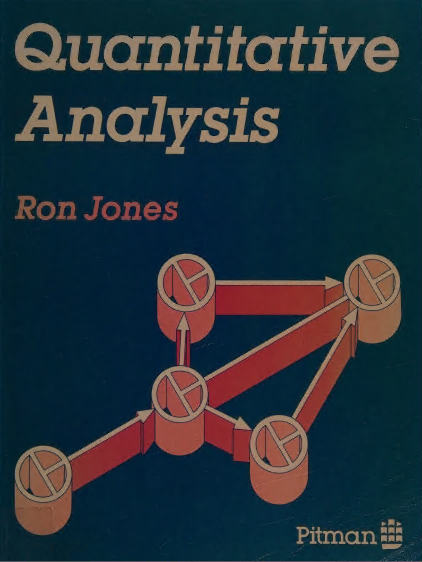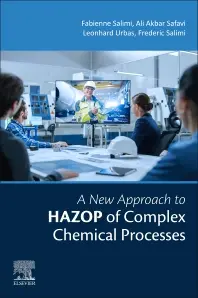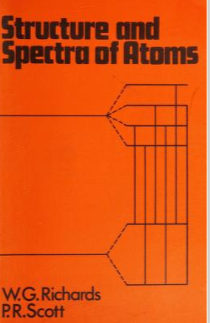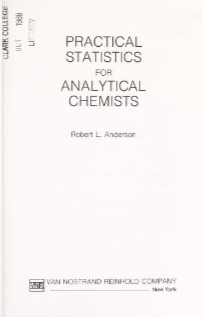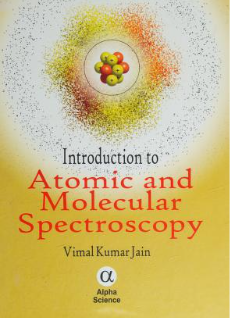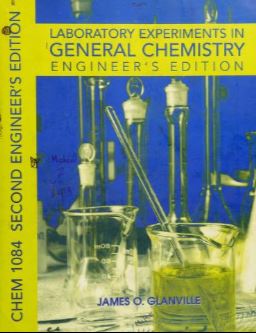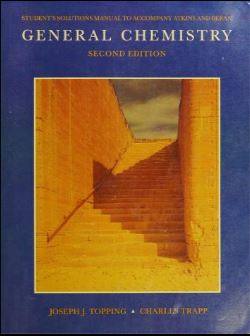The term concrete refers mainly to ordinary Portland cement (OPC) mixed with aggregates and traditional chemical admixtures. There are various types of admixtures and additives that are incorporated into the concrete mixture in order to improve its properties. The term modified or enhanced concrete is used to refer to concrete in which part of the cement is replaced by any kind of supplementary cementitious materials (SCMs), or any additional reactive materials. This chapter introduces the main cement components and the various types of concrete ingredi- ents and it describes the cement hydration reactions and the associated thermal evolution processes. An introduction to cement composition and chemistry is pro- vided for the purpose of establishing a common background for students, researchers, practicing engineers, production managers from various backgrounds of chemical, mechanical, and civil engineering. The chapter paves the road for the subsequent chapters on concrete structure, porosity, and transport processes that are involved with durability problems, and on the material selection and propor- tioning for watertight and durable concrete. In addition, it establishes the ground for understanding surface chemistry of concrete constituents and for describing the waterproofing technologies in the rest of the book chapters.
چکیده فارسی
اصطلاح بتن عمدتاً به سیمان پرتلند معمولی (OPC) مخلوط با سنگدانه ها و افزودنی های شیمیایی سنتی اشاره دارد. انواع مختلفی از افزودنی ها و افزودنی ها وجود دارد که به منظور بهبود خواص آن در مخلوط بتن گنجانده می شود. اصطلاح بتن اصلاح شده یا تقویت شده برای اشاره به بتنی استفاده می شود که در آن بخشی از سیمان با هر نوع مواد سیمانی تکمیلی (SCM) یا هر ماده واکنش دهنده اضافی جایگزین می شود. این فصل اجزای اصلی سیمان و انواع مختلف اجزای بتن را معرفی میکند و واکنشهای هیدراتاسیون سیمان و فرآیندهای تکامل حرارتی مرتبط را شرح میدهد. مقدمه ای بر ترکیب و شیمی سیمان به منظور ایجاد زمینه مشترک برای دانشجویان، محققین، مهندسان شاغل، مدیران تولید با پیشینه های مختلف مهندسی شیمی، مکانیک و عمران ارائه شده است. این فصل راه را برای فصل های بعدی در مورد ساختار بتن، تخلخل، و فرآیندهای حمل و نقل که با مشکلات دوام مرتبط هستند، و در مورد انتخاب مواد و تناسب برای بتن ضد آب و بادوام هموار می کند. علاوه بر این، زمینه را برای درک شیمی سطح اجزای بتن و توصیف فناوری های عایق رطوبتی در بقیه فصل های کتاب ایجاد می کند.
ادامه ...
بستن ...
Woodhead Publishing is an imprint of Elsevier
50 Hampshire Street, 5th Floor, Cambridge, MA 02139, United States
The Boulevard, Langford Lane, Kidlington, OX5 1GB, United Kingdom
Copyright © 2022 Elsevier Ltd. All rights reserved.
No part of this publication may be reproduced or transmitted in any form or by any means,
electronic or mechanical, including photocopying, recording, or any information storage and
retrieval system, without permission in writing from the publisher. Details on how to seek
permission, further information about the Publisher’s permissions policies and our
arrangements with organizations such as the Copyright Clearance Center and the Copyright
Licensing Agency, can be found at our website: www.elsevier.com/permissions.
This book and the individual contributions contained in it are protected under copyright by
the Publisher (other than as may be noted herein).
Notices
Knowledge and best practice in this field are constantly changing. As new research and
experience broaden our understanding, changes in research methods, professional practices,
or medical treatment may become necessary.
Practitioners and researchers must always rely on their own experience and knowledge in
evaluating and using any information, methods, compounds, or experiments described
herein. In using such information or methods they should be mindful of their own safety
and the safety of others, including parties for whom they have a professional responsibility.
To the fullest extent of the law, neither the Publisher nor the authors, contributors, or
editors, assume any liability for any injury and/or damage to persons or property as a matter
of products liability, negligence or otherwise, or from any use or operation of any methods,
products, instructions, or ideas contained in the material herein.
ISBN: 978-0-12-824354-1 (print)
ISBN: 978-0-12-824355-8 (online)
For information on all Woodhead Publishing publications
visit our website at https://www.elsevier.com/books-and-journals
Publisher: Matthew Deans
Acquisition Editor: Gwen Jones
Editorial Project Manager: Rachel Pomery
Production Project Manager: Kamesh Ramajogi
Cover Designer: Vicky Pearson
Typeset by MPS Limited, Chennai, India
ادامه ...
بستن ...
